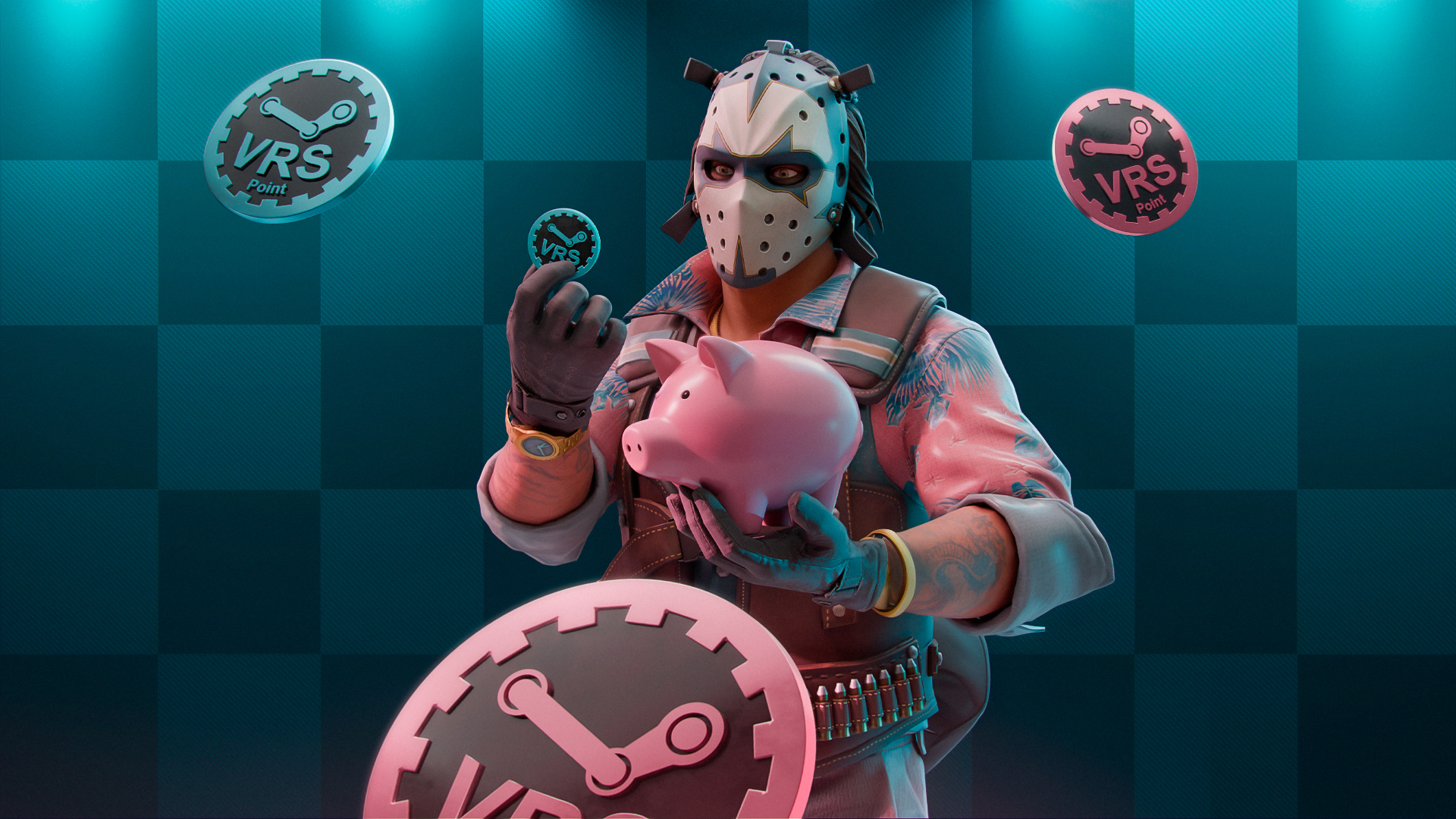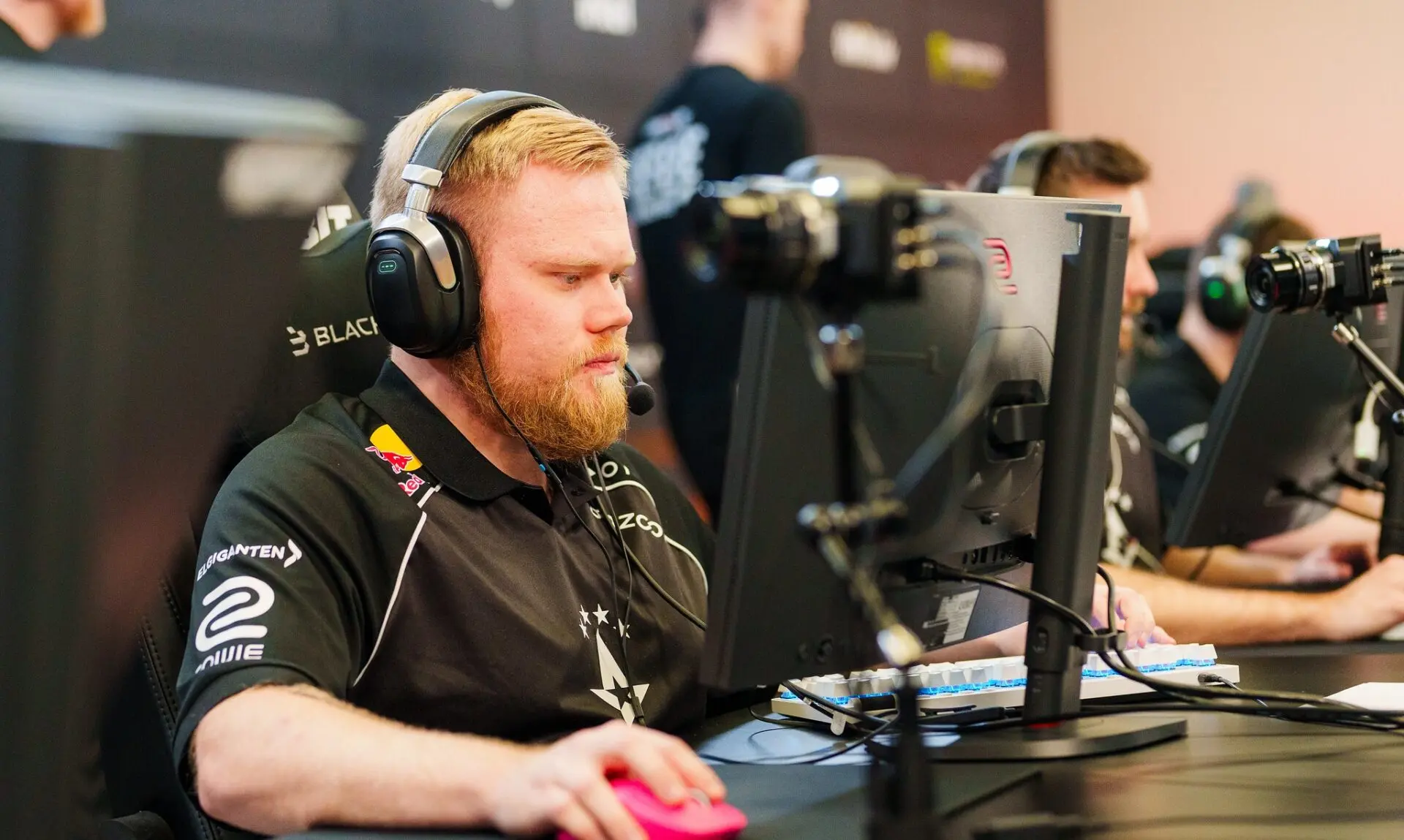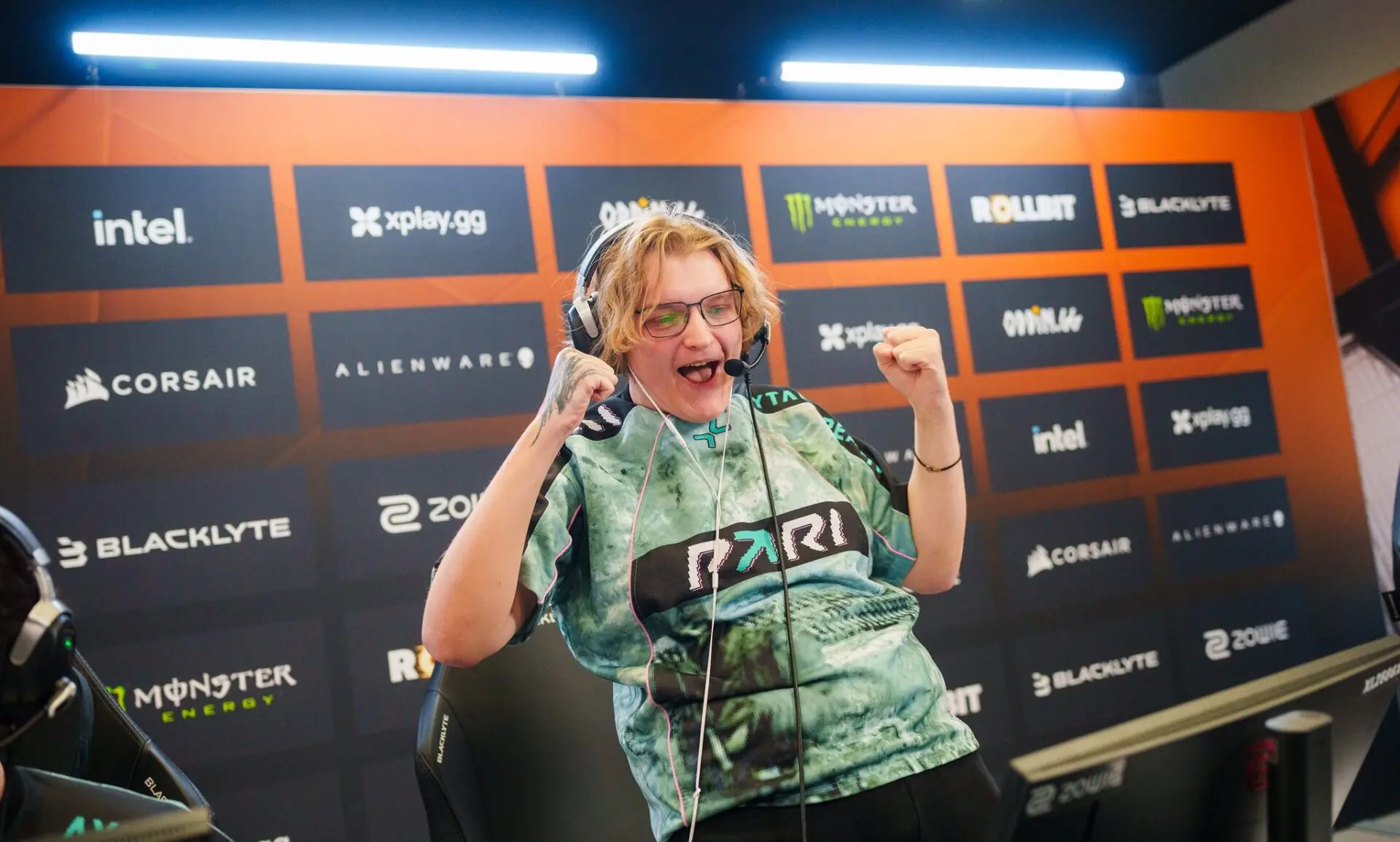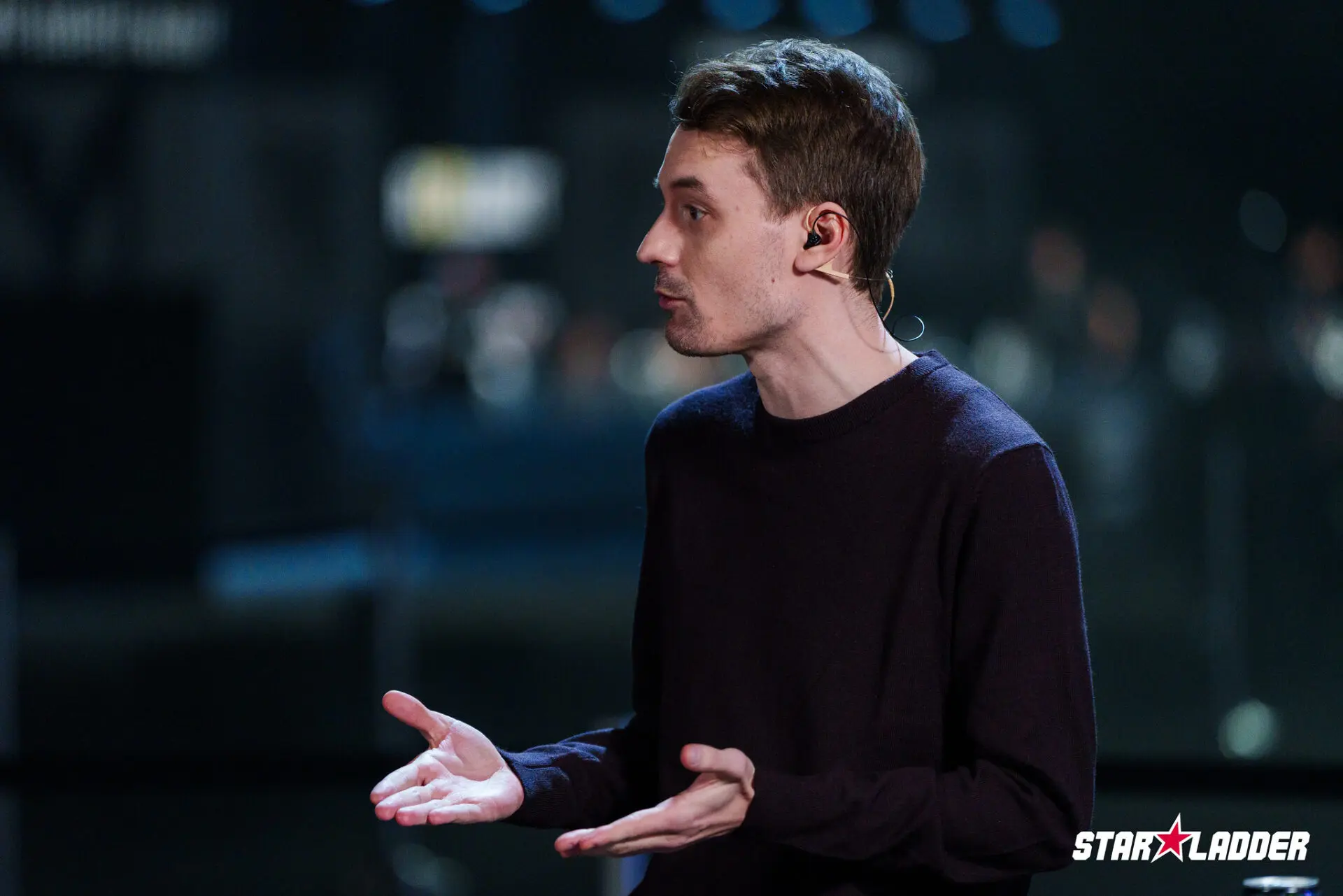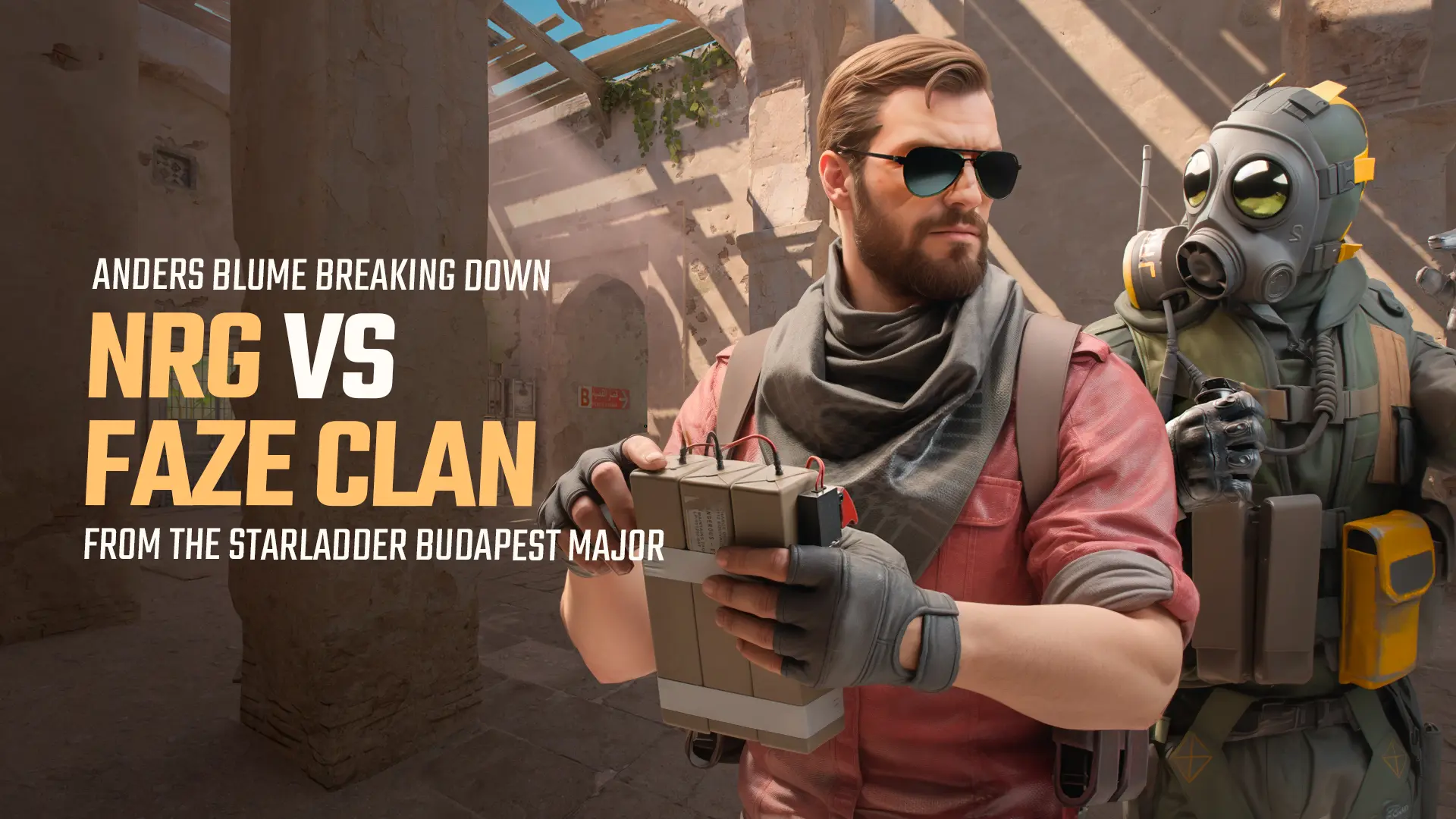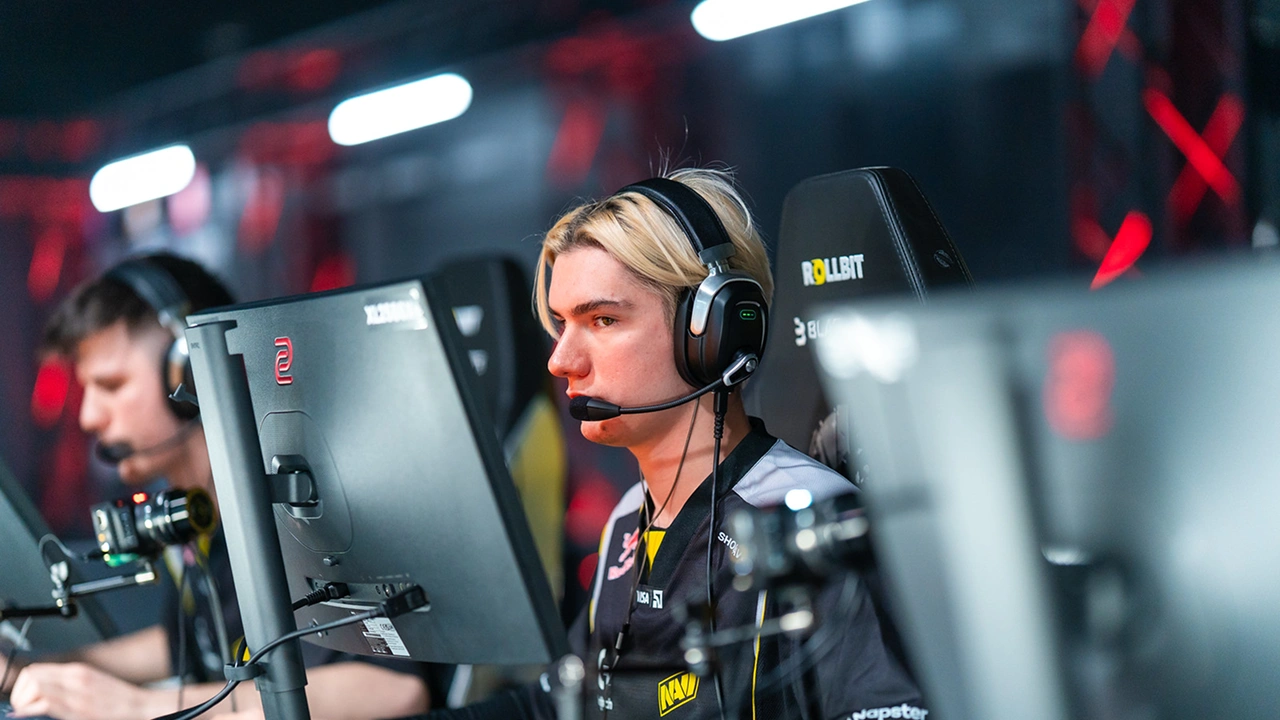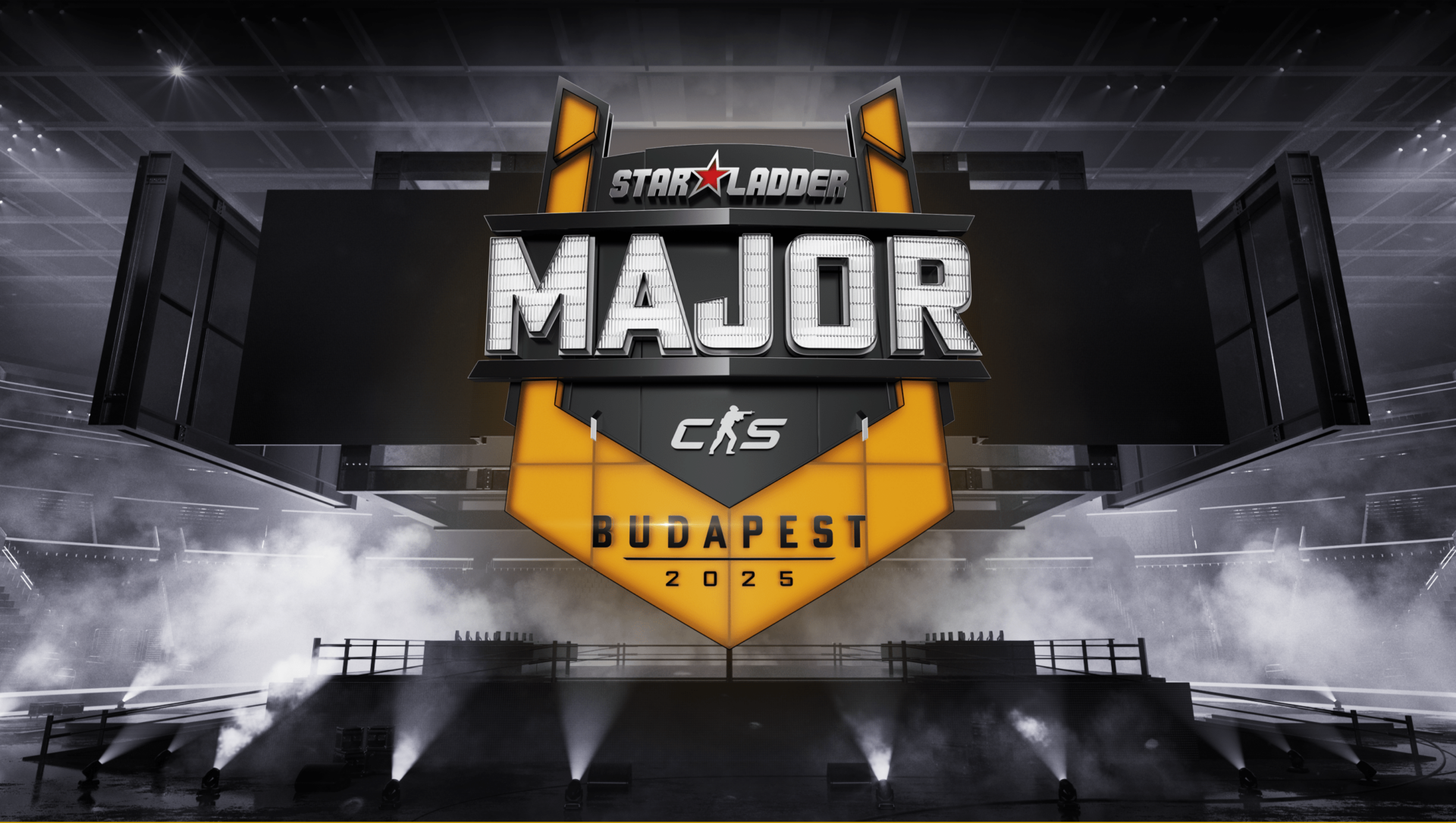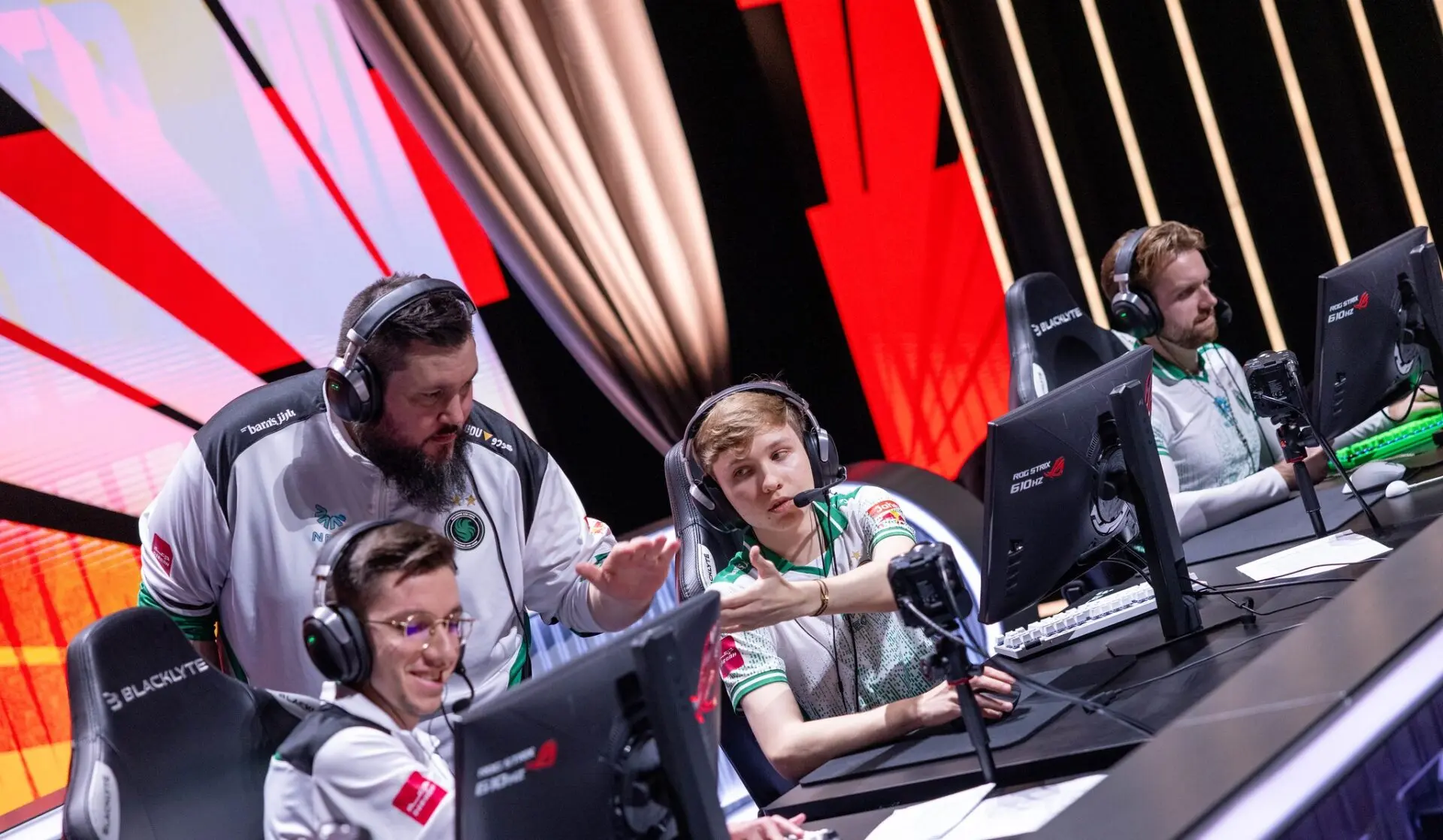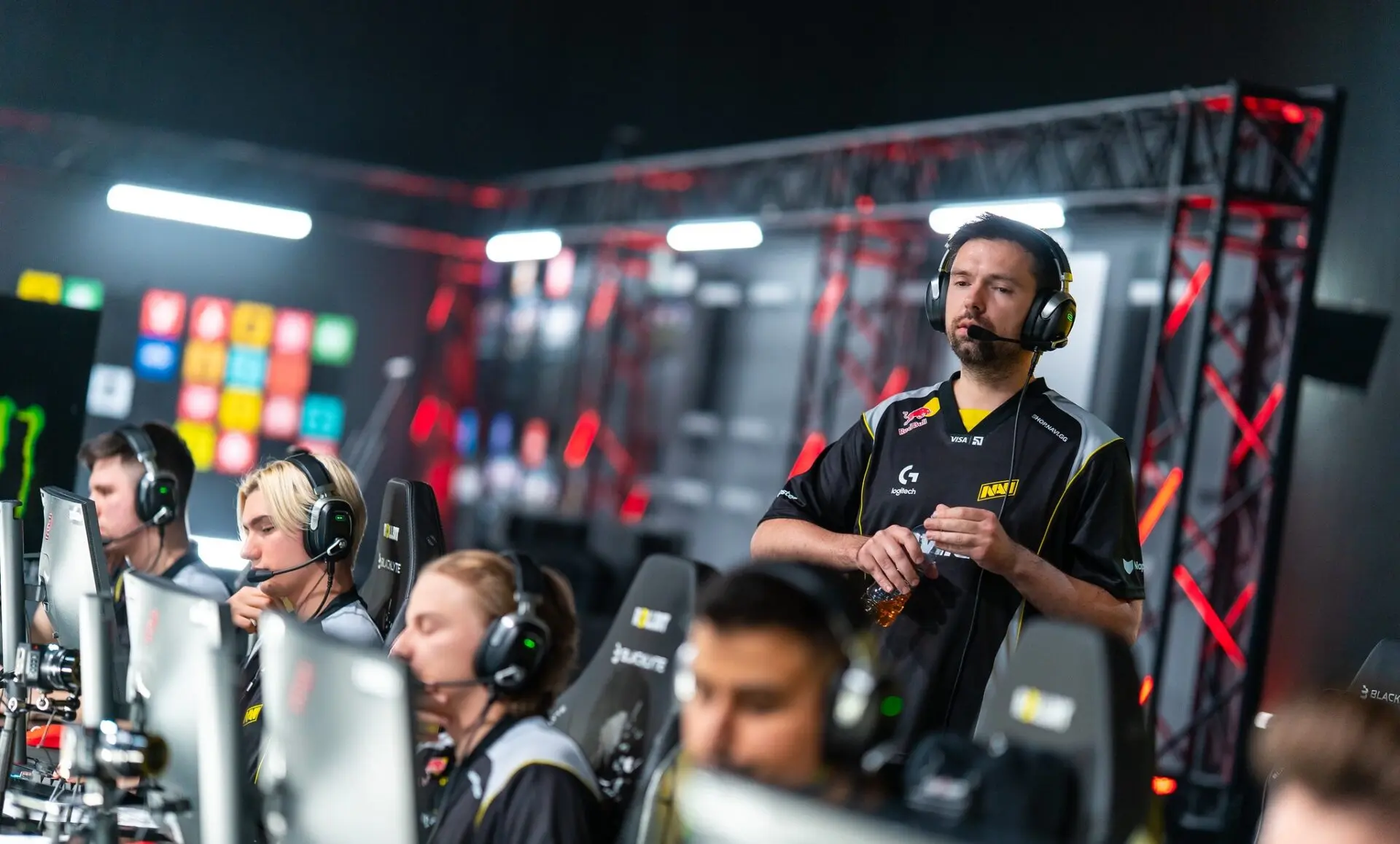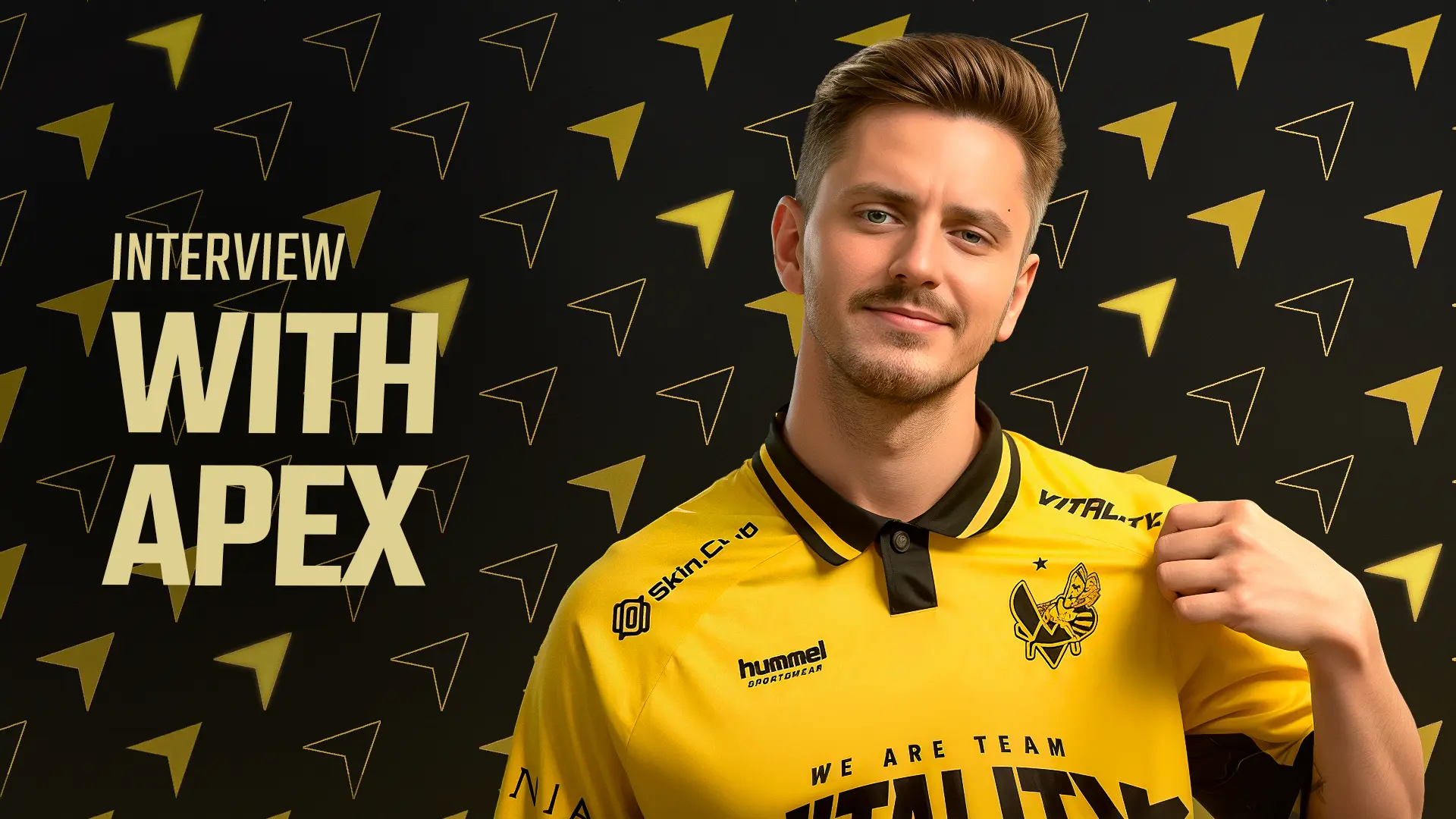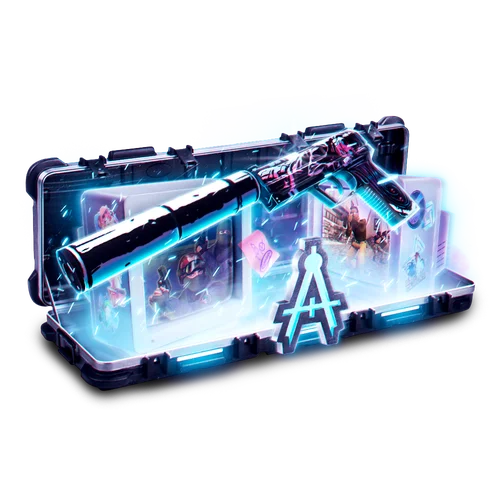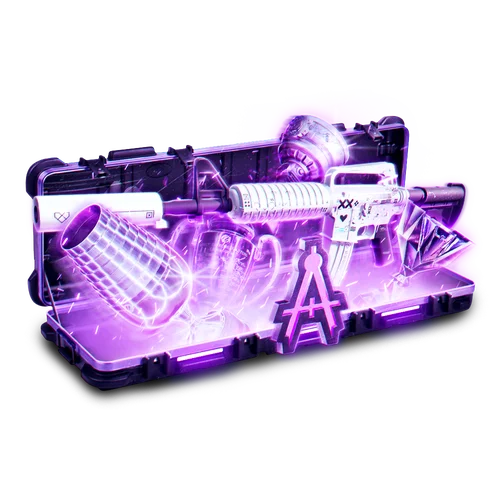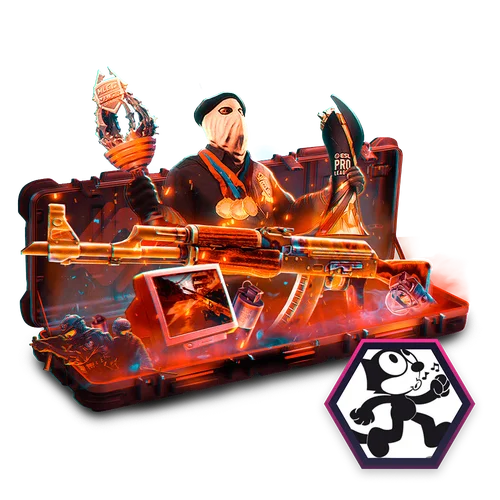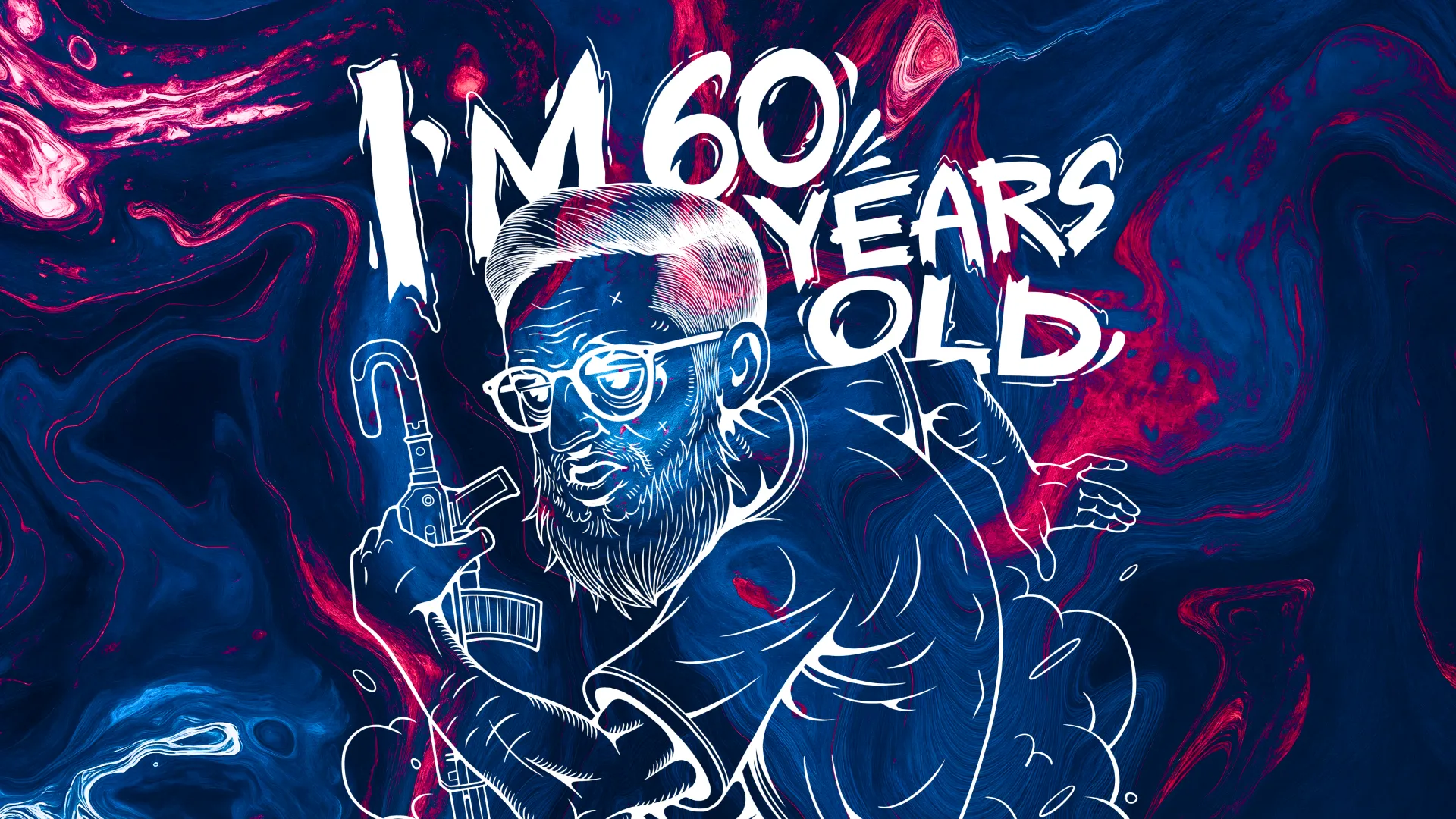This Monday, October 6 marks the end of the first major chapter of the Valve Ranking System (VRS). The global ranking freezes today to determine which teams will earn their spot at the next Major. It is the perfect time to take a first look at this new model, meant to revolutionize the path to Counter-Strike’s biggest tournaments.
The ESL-BLAST duopoly and its deals with the top organizations are over. Valve has shaken the scene by introducing its own unified ranking system. From now on, for the Majors, this VRS decides who gets to dream. Gone are the RMRs, the endless open qualifiers, the decisive matches worth hundreds of thousands of euros, and the out-of-nowhere surprises. In their place stands a system meant to reward consistency and merit over time. On paper, the idea makes sense. In reality, it divides.
From Minors to RMRs: A Clear System Becomes the Standard
For years, the road to the Major followed a clear structure. At first, teams were invited based on their results at the previous Major, while others fought through local or continental qualifiers. Those online qualifiers eventually became offline Minors, giving every region (Europe, CIS, the Americas, Asia) a fair chance to earn representation.
read more
During and after the COVID-19 period, Valve replaced this model with the RMR (Regional Major Ranking) system, originally meant to identify the best teams across several events. It quickly turned into a single qualifier where favorites and outsiders competed for the same few spots. Counter-Strike has always been an open game, where the road to the top is earned on the server. You played, you won, and you got your chance. It was not perfect, but it was simple. For more than ten years, Qualifiers, Minors and RMRs served as bridges toward the dream.
From Fairy Tales to Spreadsheets
One of Counter-Strike’s greatest charms has always been the possibility of a miracle, the story of an underdog who comes from nowhere to challenge the giants. From the Brazilian grind of Luminosity in 2014-2015 to Gambit’s shock run in Krakow 2017, from Quantum Bellator Fire’s top eight in Boston to ENCE’s and AVANGAR’s Major finals in 2019, these runs shaped the mythology of the game.
The RMR era continued that magic, allowing unexpected rosters to shine: Bad News Eagles, IHC (later The MongolZ) and Copenhagen Flames. Others surprised too, like ECSTATIC, Denmark’s lone representative at the PGL Major Copenhagen, or Into The Breach, Monte, GamerLegion and Apeks, who created the wildest playoffs ever seen in Paris 2023. On the other side, big names fell: G2 missing IEM Rio, Astralis skipping five Majors in a row, NIP and fnatic slowly disappearing from the scene. These stories, both inspiring and heartbreaking, built the soul of the game.
read more
With the VRS, such stories are now almost impossible. By demanding consistent results in sanctioned tournaments, Valve naturally favors the already established: the wealthy, the visible, the invited. Tier 2 and 3 teams find themselves locked out before they even begin. The gap widens, the circle closes, and the dream becomes a statistic.
The VRS: A Solution to a Problem Valve Never Solved
With the VRS, Valve wanted to professionalize the qualification process. Everything now depends on points earned in sanctioned tournaments. These points feed into regional rankings updated monthly, which determine invitations to big events and the Majors. The goal is to reward consistency and avoid randomness, but it also changes the philosophy of Counter-Strike.
It also limits access to big tournaments for tier 2 and 3 teams, except for a few qualifiers. On paper, it seems fair that the best teams should play in the best tournaments, but in practice it traps the scene in a loop: the strong get stronger while the rest stand still.
Behind this change, many also see an admission of failure. For years, Valve has struggled to fight cheating effectively in online competitions, from open qualifiers to semi-pro events. Accusations of cheaters, smurfs and external tools never stopped, and the lack of reliable detection has damaged the credibility of the system. By prioritizing LAN events and verified circuits, Valve seems to admit it can no longer guarantee fairness online. The VRS is therefore a way to regain control: fewer open qualifiers, more controlled environments, fewer scandals. It is more of a safeguard than a real improvement, and an implicit confession that ten years later, Counter-Strike still suffers the moment it leaves the offline world.
read more
Local LANs: A Good Idea, Poorly Executed
Another key feature of the system is local LANs. Valve wants to bring back the importance of regional offline events, which sounds great in theory. The problem is the cost. Travel, hotels, logistics, all at the teams’ expense. And for what? VRS points. Big names can afford to attend multiple events, but smaller teams cannot. Valve wanted to promote offline play but instead made it less accessible for those who need it most. As always in CS, some have already found a way to profit, reselling slots for certain tournaments.
These LANs also introduce a clear bias. A team based in an active region can easily collect points, while one in isolation cannot. Even worse, some tournaments are reserved for local representatives, giving away VRS points to certain regions in events closed to their rivals. When the goal is to qualify the best in the world, proximity and nationality should not matter. Only skill should.
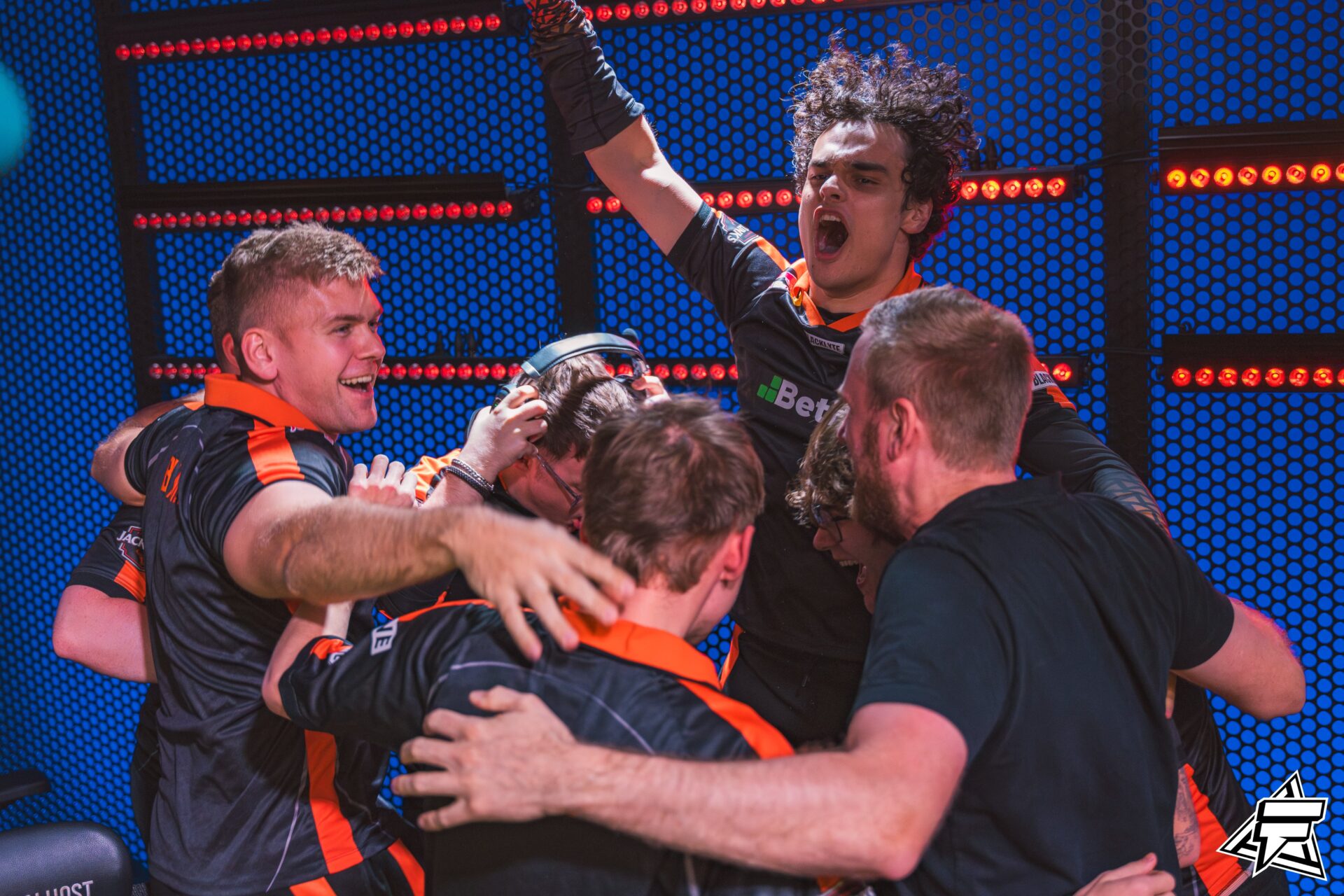
The Excitement of Confusion
Not everything is negative. The VRS adds a new type of tension, a never-ending race where every match counts. Fans follow the point chase, teams calculate their chances, and the system gives the season real structure. Every tweet from Finn (@MischiefCS2) or Jesper Larsen (@Udknud) is met with excitement as fans check their team’s percentage chance of reaching the Major.
read more
But this excitement collides with one major issue: nobody really understands how the system works. Coefficients change from one tournament to another, weighting is unclear, and some tier 2 or 3 events with large prize pools give more points than top-tier competitions. Local matches can be worth as much as tier 1 clashes. Even experts are still discovering hidden parameters that change scores overnight. The overall feeling is confusion, a ranking system that is alive but completely opaque.
The VRS: A Safety Net for the Rich
For big organizations, however, the VRS is a blessing. Established teams with solid infrastructure, superstar players and busy calendars are now almost guaranteed to play Majors, barring total collapse. That stability pleases investors, sponsors and executives, who can plan their budgets knowing they will appear in the most visible and profitable tournaments. It brings a level of financial security the previous, more random system never did.
It also ended another controversial model: the ESL-BLAST duopoly. For years, those two organizers dominated the scene through commercial agreements with the biggest teams. That deal granted guaranteed slots to certain organizations, locking the upper tier of CS. By enforcing a centralized, universal ranking, Valve broke that lock. Power no longer belongs to private circuits but to the official ranking. The monopoly is over, but what replaces it is a new kind of hierarchy: more transparent, perhaps, but not necessarily fairer.
read more
A Model That Still Needs Work
As always with Valve, changes come first and explanations come later. The VRS feels like a live crash test, a prototype deployed directly into the pro scene just to see what holds and what breaks. And as always, fixes will come gradually: a rule adjusted here, a coefficient tweaked there, a small update that changes everything overnight. Counter-Strike has always evolved through trial and error, sometimes painfully, but the community has always stuck around. That remains its greatest strength.
The question now is whether these adjustments will be enough to bring back the dream. The Major cannot become a privilege reserved for the elite. Counter-Strike was built on passion and impossibility, on five players with no money who believed they could beat the world. That ideal feels distant today.
The VRS is neither a failure nor a success. It modernizes, structures and brings order. But behind the numbers, the game loses a bit of its soul. Counter-Strike has always been about human stories: impossible runs, underdogs, legendary clutch moments, unknown players rising from nowhere. Today, the road to the Major looks more like a spreadsheet than a dream. The big teams have stability, the investors have security, but the fans are still searching for the magic. Valve has regained control, but somewhere along the way, it may have let the dream slip away.





























